Telepsychiatry and Cultural Competence: Providing Inclusive Care for Underserved Communities
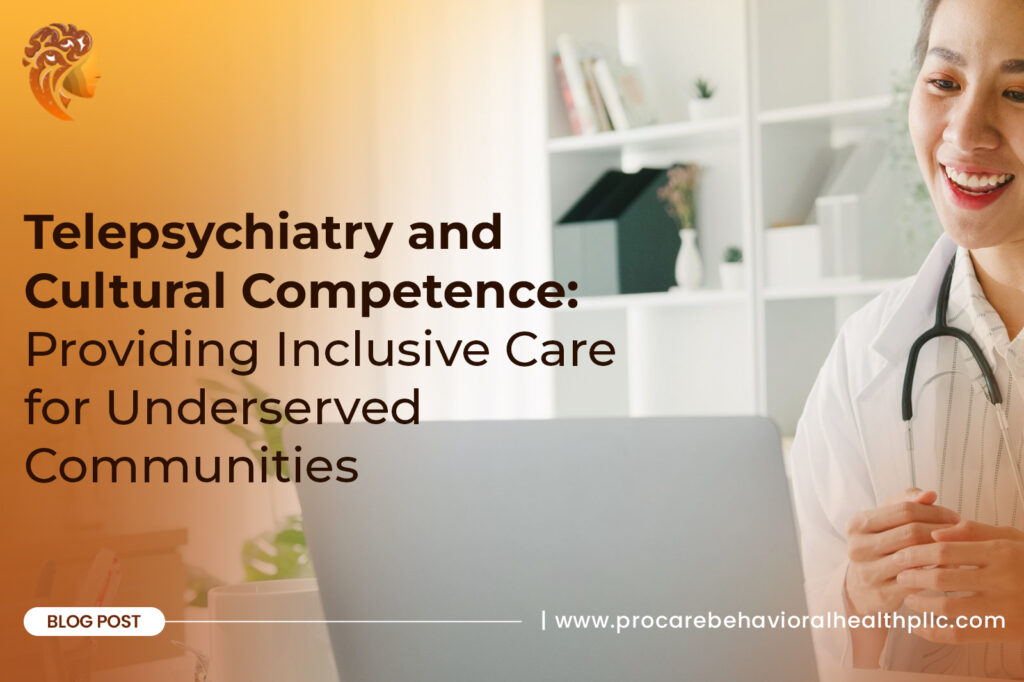
Telepsychiatry can bridge geographic gaps, but true access requires cultural bridges. For underserved communities, care must be more than convenient—it must be culturally competent. Learn how combining technology with empathy and understanding is key to providing equitable and effective mental health support for all.
Hybrid Care Models: Blending In-Person and Telehealth for Better Mental Health Outcomes
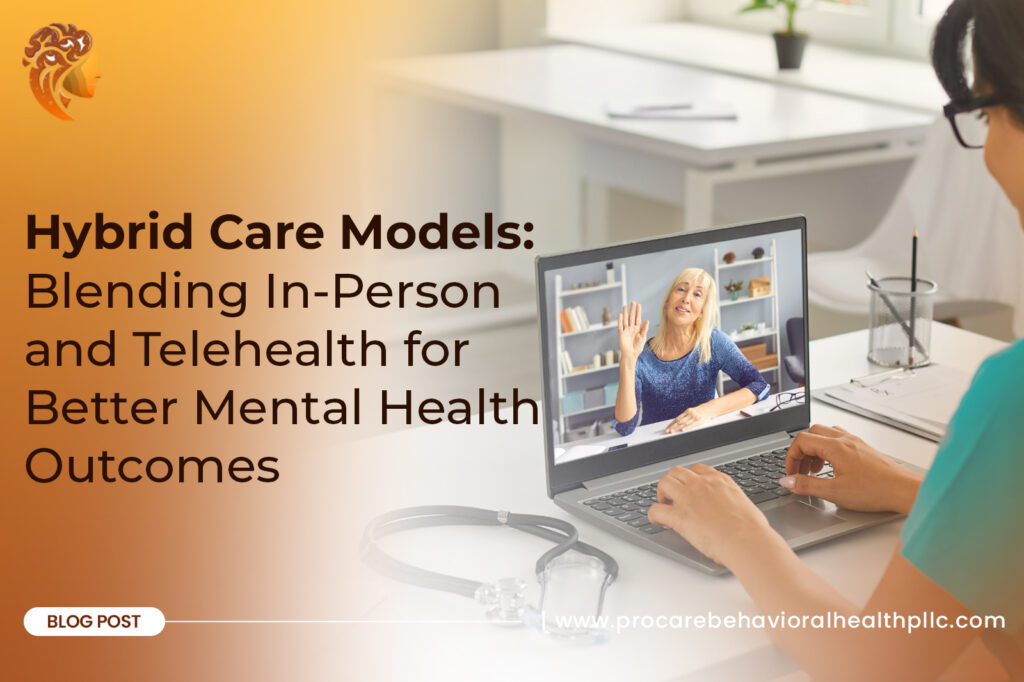
The debate between in-person and telehealth therapy is over. The future is hybrid. This blended model combines the deep connection of face-to-face sessions with the flexibility of virtual care, creating a personalized and sustainable path to mental wellness that adapts to your life.
Healing from the Heart of Your Home: A Guide to Telehealth Therapy
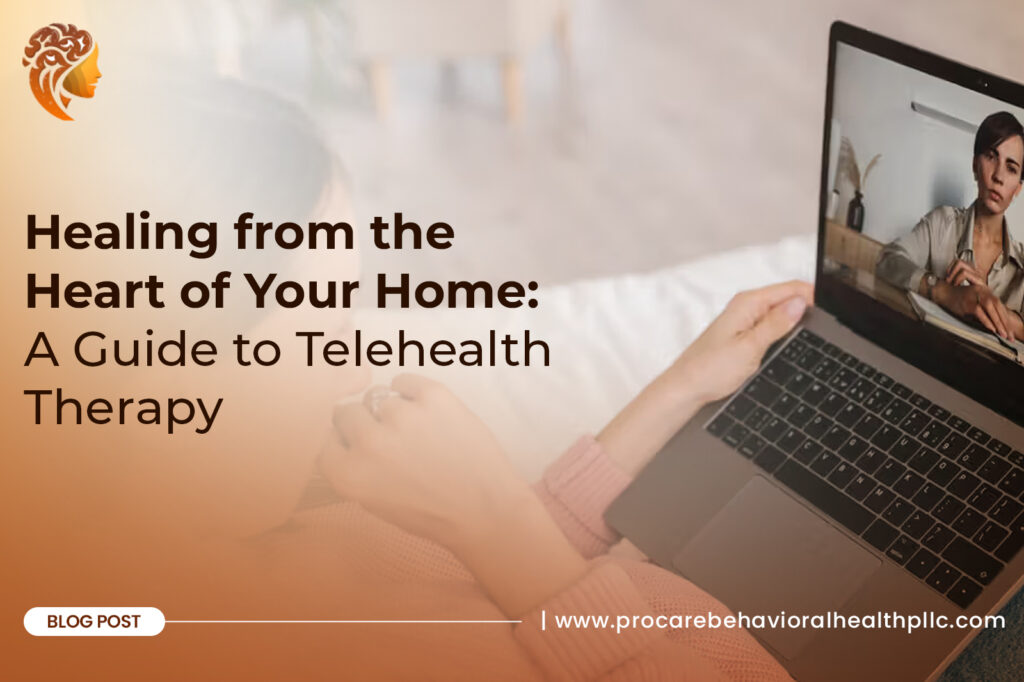
Telehealth therapy is transforming how people access mental health care—bringing professional support into the comfort of home. From flexibility in scheduling to breaking down geographic barriers, virtual therapy is more than convenient—it’s a path to healing that meets clients exactly where they are, both emotionally and physically.
The New Front Door to Wellness: Accessing Psychology Services Online
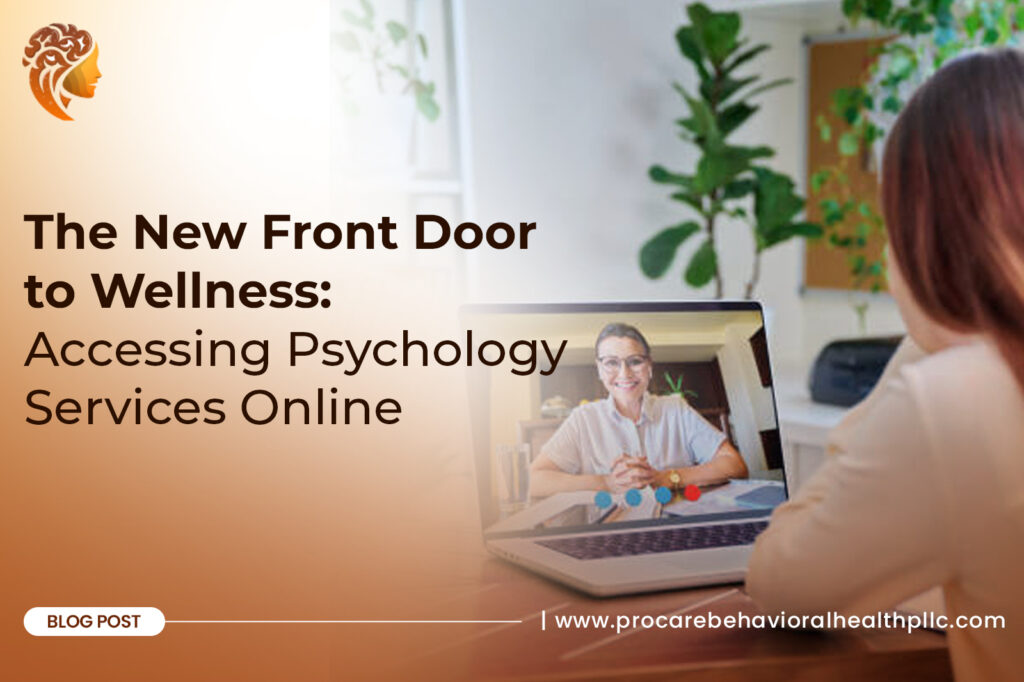
Online psychology services are becoming the new gateway to mental wellness—offering flexibility, privacy, and evidence-based care that fits modern life. From breaking down barriers to expanding access across communities, virtual therapy empowers individuals to take charge of their mental health on their own terms.
Tech & Therapy: AI’s Growing Role in Mental Health Support
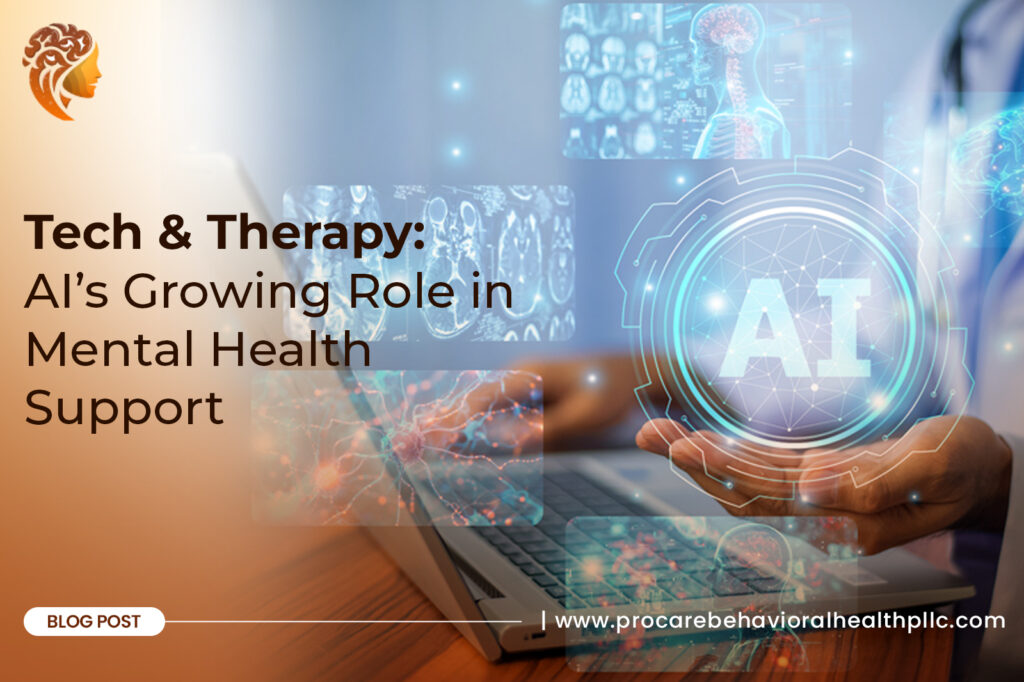
AI isn’t replacing therapists—it’s transforming how we deliver mental health care. From chatbots that provide after-hours support to algorithms that detect depression patterns, artificial intelligence is creating new ways to support emotional wellbeing. Discover how AI tools are being integrated into clinical practice and what it means for the future of therapy.
When Your Therapist Meets Your Screen: Pros & Cons of Remote Mental Health Treatment
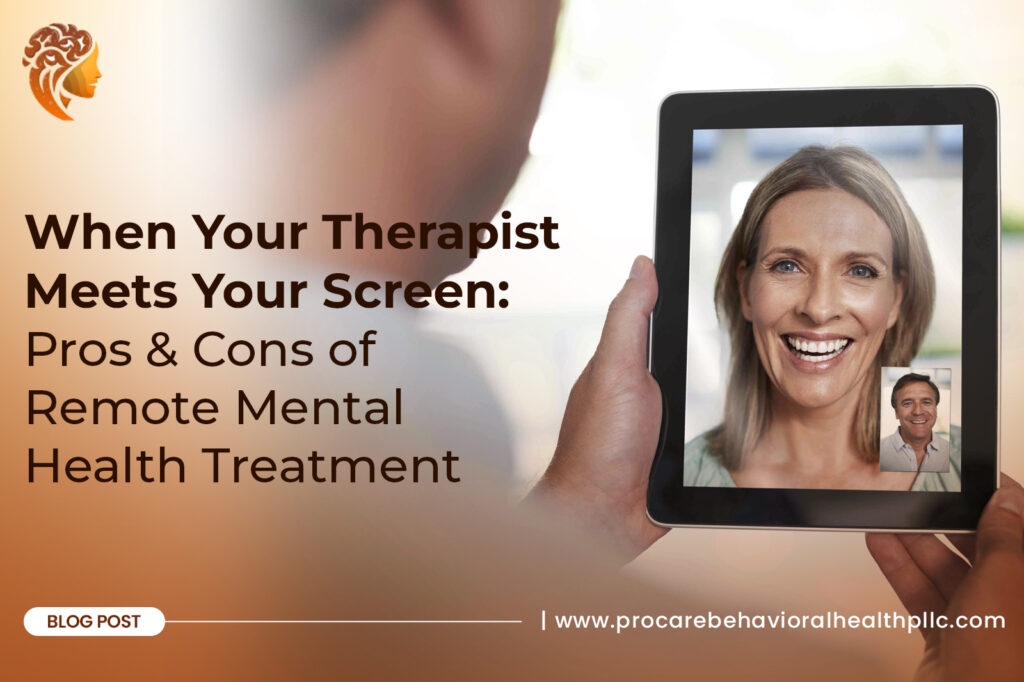
Remote therapy has gone mainstream—but is it right for you? While virtual sessions offer convenience and accessibility, they also come with unique challenges. We break down the real advantages and limitations of screen-based therapy to help you make an informed decision about your mental health care.
Are Mental Health Apps Effective? A Look at the Latest Evidence
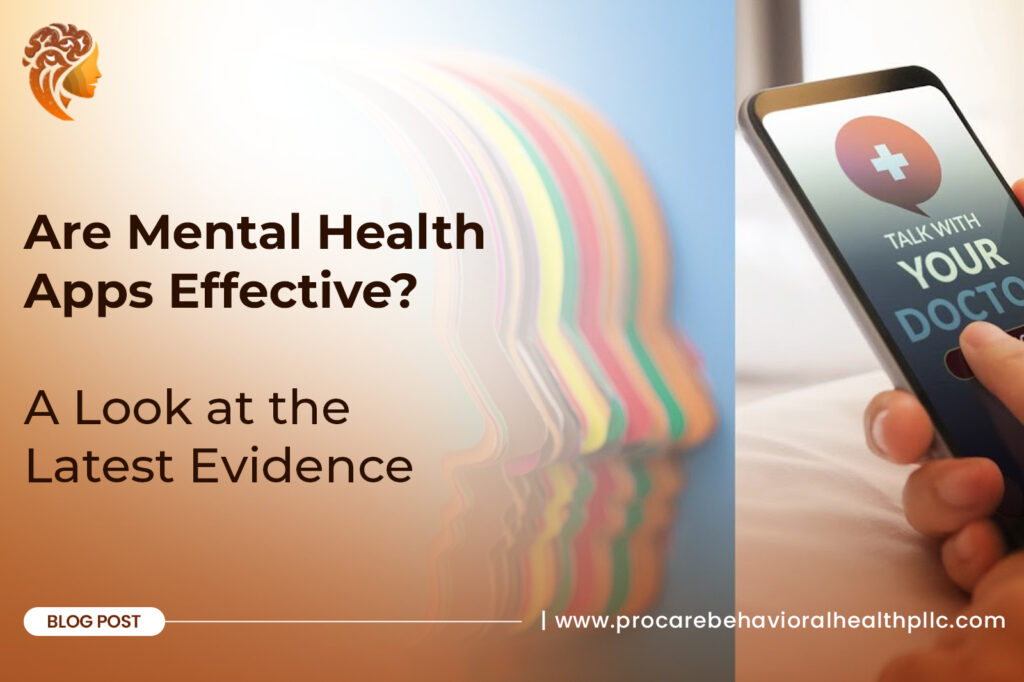
With over 20,000 mental health apps available, it’s hard to know which ones actually work. Recent studies show some apps can reduce anxiety by 30%—but others may do more harm than good. We examine the science behind digital mental health tools and how to choose ones that deliver real results.
Self-Care in the Digital Age: Best Telehealth Tools for Stress & Anxiety
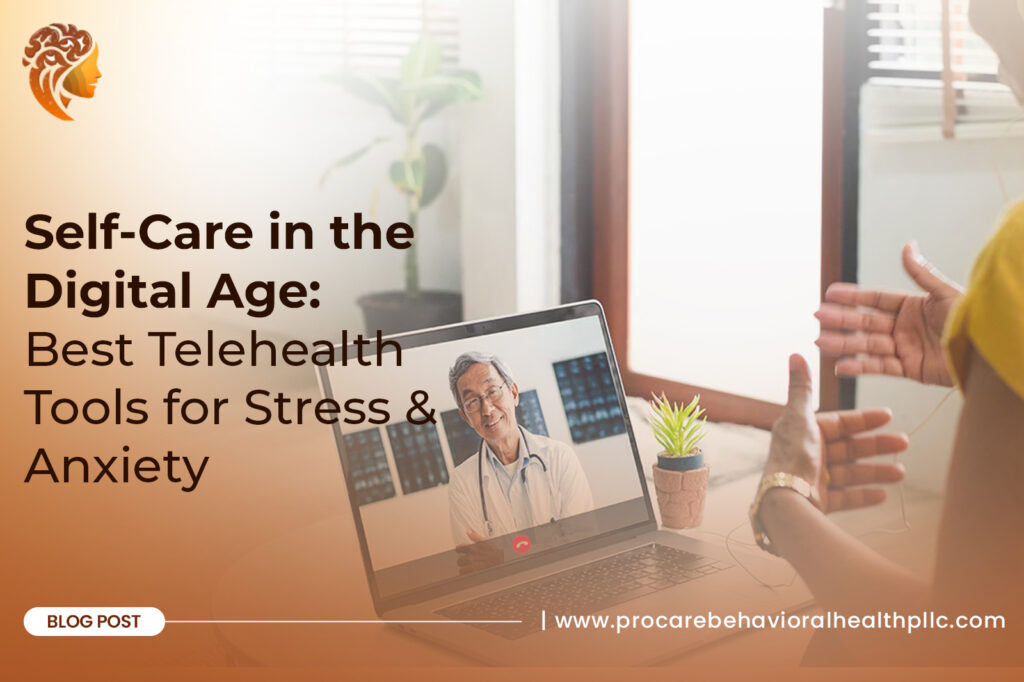
Between endless notifications and 24/7 connectivity, modern life can leave anyone feeling drained. The good news? Digital tools are now making self-care more accessible than ever. From AI-powered therapy apps to virtual mindfulness sessions, let’s explore the best telehealth solutions to help you manage stress and anxiety—right from your phone.
From Screen to Serenity: Unlocking Emotional Wellness with a Click

Telehealth is transforming mental health care by making it more accessible, convenient, and effective. Discover how you can find your center from the comfort of your home with just a click.
Beyond Geography: Connecting with Your Ideal Therapist Through Telehealth

Telehealth is transforming mental health care by breaking down geographical barriers, making it easier than ever to connect with your ideal therapist from the comfort of your home. This blog explores how telehealth is revolutionizing access to mental health support and why it might be the perfect solution for you.
The Challeng



